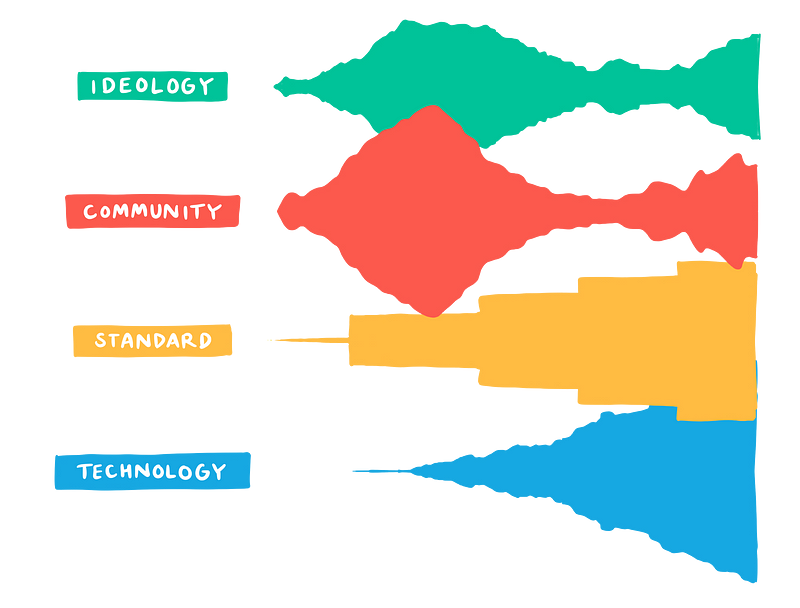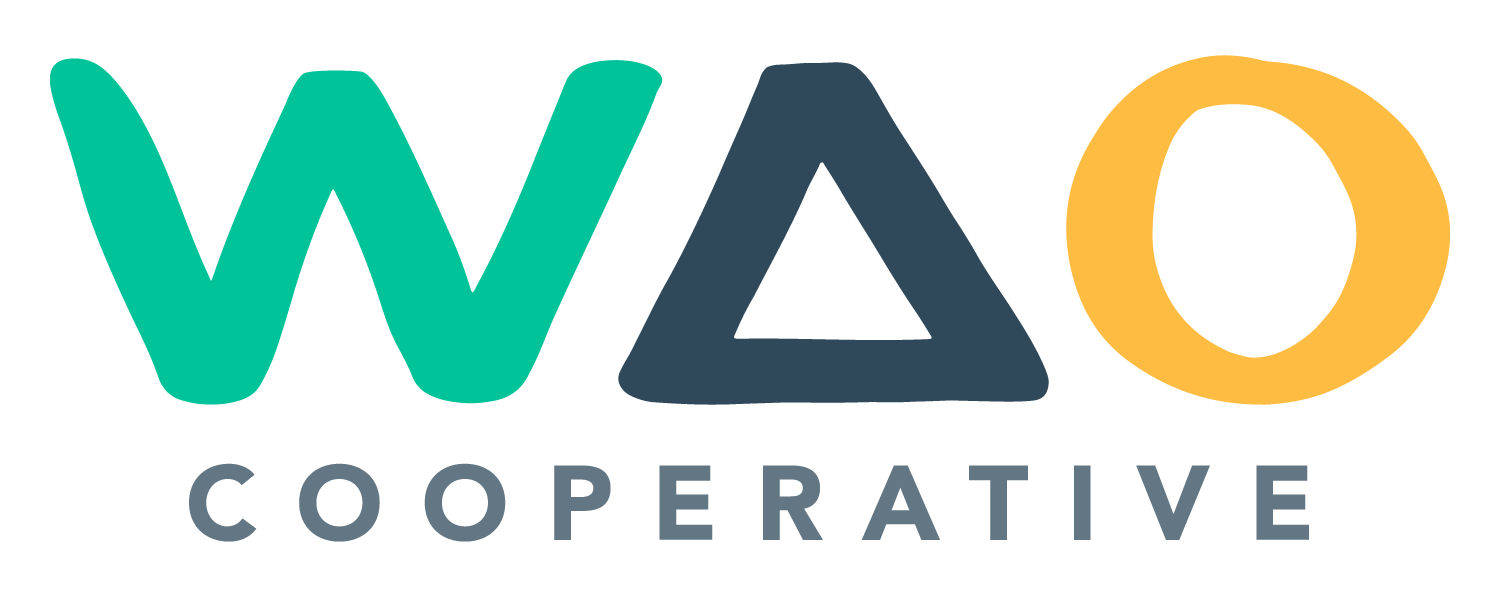
It’s been a while since the upcoming changes to the Open Badges specification were first proposed. The change to v3.0 has now been ratified, with six organisations at the time of writing having platforms that are certified compatible.
We’d like to give a shout-out to Kerri Lemoie and Nate Otto who have tirelessly pushed this work forward, ensuring that the original community-focused mission has continued now that the standard is stewarded by 1EdTech.
The video below gives a overview with the rest of the post helping break down the changes in a less technical way. We can’t say “non-technical” because, well, it’s a technical standard. But we hope that it what follows helps you understand some of the changes and what it means in practice.

1. Enhanced Security
Open Badges 3.0 adopts the W3C Verifiable Credentials (VC) data model, which enhances the security and integrity of credentials. Unlike with previous versions of the specification, the verifiable data that they contain can be validated without having to check back with the issuer each time.
This matters because organisations go out of business, web pages get taken down, and life moves on. By ensuring that the badge contains everything required, it can be used for truly lifelong learning for decades to come.
For example, imagine a cooperative that issues digital badges to its members for skills like collaborative decision-making or sustainable practices. When co-op members with these badges present them to, say, a partner organisation, they can trust that the badge is genuine without needing to contact the co-op directly.
This is particularly useful in large networks like those we support through our storytelling and communications work, where verifying a member’s skills quickly and accurately is valuable.

2. Control and Privacy
The introduction of Decentralised Identifiers (DIDs) in Open Badges 3.0 gives badge earners more control over their personal data and how it is shared. DIDs are like personal web addresses for people’s digital identities that they can manage independently.
For community-oriented organisations, DIDs mean that members can manage their own credentials without relying on a central authority. For example, a member of a social enterprise could share their badges with a funder directly from their personal digital wallet, enhancing privacy and control.
Also, because DIDs are big long strings of numbers you can also use them anonymously. This could be useful for verifying the claims of sources who want to remain unidentified, for example that a whistleblower actually worked at an organisation that they’re reporting. It’s also possible to control multiple DIDs for different facets of your life, should you wish, such as work, activism, and your social life.

3. Richer Metadata
Open Badges 3.0 allows for richer metadata within badges, which means more detailed information about achievements, how they were earned, and what they represent. This includes supporting multimedia content, making badges more descriptive and informative.
Credentials like badges are useful in helping us tell the story of where we’ve been and where we’re going. This is sometimes called the ‘learner journey’. With Open Badges 3.0, a badge can include images, links, videos, and more, to provide a narrative of how the badge was earned. For those that can remember back 20 years to the interest in eportfolios, each badge is essentially a mini-eportfolio, and can also be part of a wider portfolio.
For example, a badge for a professional development course could include video testimonials, project examples, and peer evaluations directly within the badge. This makes it easier for potential employers or collaborators to get a true sense of what the badge represents, enhancing the value of the credential to all parties.

4. Interoperability
It’s one of those words that it’s difficult to avoid when talking about technical systems, and not one that we use in every day conversation. But ‘interoperability’ just means the ability of different systems, organisations, or products to work together effectively without special effort from the user. Various systems and devices can communicate, exchange data, and use the information that has been exchanged.
That’s might not sound too exciting, but with its alignment to the VC data model, Open Badges 3.0 is designed to work seamlessly with other digital credentials systems, including those used by educational institutions and businesses. For example, we’re working with the Digital Credentials Consortium, and systems can issue all different kinds of achievements, because of the interoperability between Open Badges and VCs.
For instance, a non-traditional learner who has earned badges as part of their self-taught skills development might want to share these with a university to get onto an MSc course. The university’s system can automatically recognise and understand the badges thanks to the shared VC model. This eases the process of credit recognition and transfer, making it simpler for learners to continue their education or seek job opportunities without so many bureaucratic hurdles.

5. Revocation and Status Management
To ‘revoke’ a badge simply means to say that it is no longer valid. There are many reasons why an individual or organisation may wish to do this, and not just because of errors in issuing or poor behaviour by the recipient.
For example, imagine that an B-Corp has a training programme which they update. While they could simply leave the old badges as-is, to provide less of a headache for people trying to understand the difference between current and previous alumni of the programme, they can now revoke, update, or withdraw badges efficiently.
With Open Badges 3.0, this process is transparent and straightforward, ensuring that only the most current and accurate badges are in circulation. This helps maintain trust in the badge ecosystem, which is vital for the credibility of our collective efforts in promoting digital credentials.

Conclusion
I’ve been unreasonably excited about a technical specification for 13 years now, ever since the first MacArthur-funded pilot at Mozilla. This latest update to Open Badges 3.0 is a significant step forward in making digital credentials more secure, user-centered, and meaningful within various communities, including educational institutions, professional networks, and social organisations.
Along with the work that we’ve been doing around creating plausible utopias for Open Recognition, I’m really looking forward to seeing how this development helps further empower individuals and communities, enhances trust in digital credentials, and supports the broader landscape of lifelong learning.
If you’d like help with understanding either the basics or the latest developments in credentialing technology, get in touch! We’ve also got a free email-based course called Reframing Recognition: strategies for success in going beyond microcredentials

Discussion